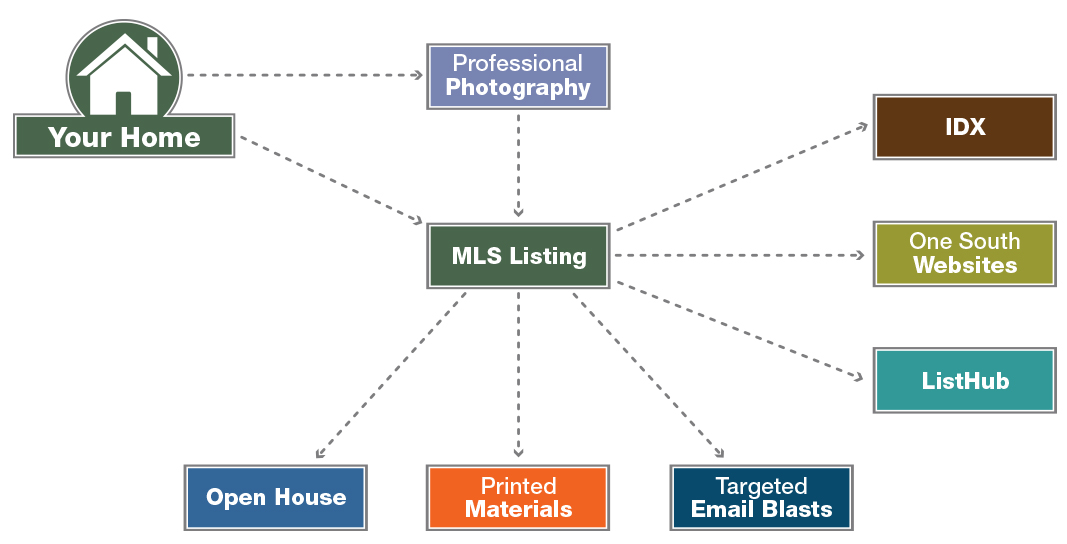We have all heard the old adage about size being important.
Without getting inappropriate, in most instances, the relationship between size and performance is (at least on some level) positively correlated. It is pretty fair to say that in most walks of life…whether athletics, academics or business, being bigger generally affords enhanced opportunity. Large size can create efficiencies, extend reach and augment idea generation. Though not without baggage, large organizations often mean fixed overhead, rigid internal controls and slower response times in decision making. Striking the correct balance is always a challenge.
In examining the optimal size of a real estate brokerage, size DOES matter — just not in the way that you might imagine.
Syndication and Leverage

In the old days, sign count was critical (sign count is simply the number of signs in yards across the geographic region) and largely drove market share. Prior to the internet, there was no outlet with current and up-to-date FOR SALE information for public dissemination. The public was forced rely on the brokerage community to provide the information on availability, as well as closed sales. The ‘call-in’ (“Hello, can you tell me the price of 123 Main Street?”) was a huge key in generating business.
Signs = Calls. More Signs = More Calls. More Calls = More Leads. More Leads = More Business … repeat.
Digital Signs
Today, the prospective buyer behaves far differently.
The 2012 study done by Google and the National Association of Realtors showed that roughly 90% of the public used the web as part of the search process. AGAIN – 90% of the public used the web during their search! A virtual sign, if you will, has surpassed the importance of a physical one. Understanding syndication strategies and how to leverage Google, Zillow, Trulia and IDX is more important than the physical presence in a marketplace.
Stated differently, a brokerage’s true reach can only be measured when all of the ‘signs’ are counted, both physical AND digital.
Almost ironically, when you examine the presence of the most successful agents in the Metro, you almost always find that the truly successful individual agent has gone off-platform and created their own set of tools, outside of the kit the brokerage provided. The successful agents seek the best web platform for their site and integrate it with the best IDX solution for search. They seek the best CRM platforms and create their own custom content to deliver to their clients. They build a team around them that help them manage their marketing and social presence, create their print pieces, steward transactions through the system and work with a team of agents to better serve clients. These developments are a direct result of the realization that the true value a brokerage comes from helping an agent grow professionally, and not just answer the phone and direct the calls. Great tools only become great when the user understands their application.
The New Measurement of Size
Ultimately, the power of a brokerage is no longer derived from its size — it is derived from its skill and its ability to leverage the technological tools it possesses. The true ‘power’ in our industry has shifted from the brokerage to the individual agent (or team of agents.) A brokerage’s market power is now measured by the collective reach of its agents counting both their physical and digital footprint, not just the number of signs. Engagement, reviews, page views and social strategies have replaced the sign count as the new measurement of success. I have seen instances where an individual agent can create a larger digital presence than an entire multi-agent company — if the tools are used to their full effect.
The net result is that the public is quickly grasping the fact that they should seek the competent and appropriate individual agent(s) to help them with their real estate needs. And while the company still matters, its new role is to help an agent increase their (and their client’s) reach.